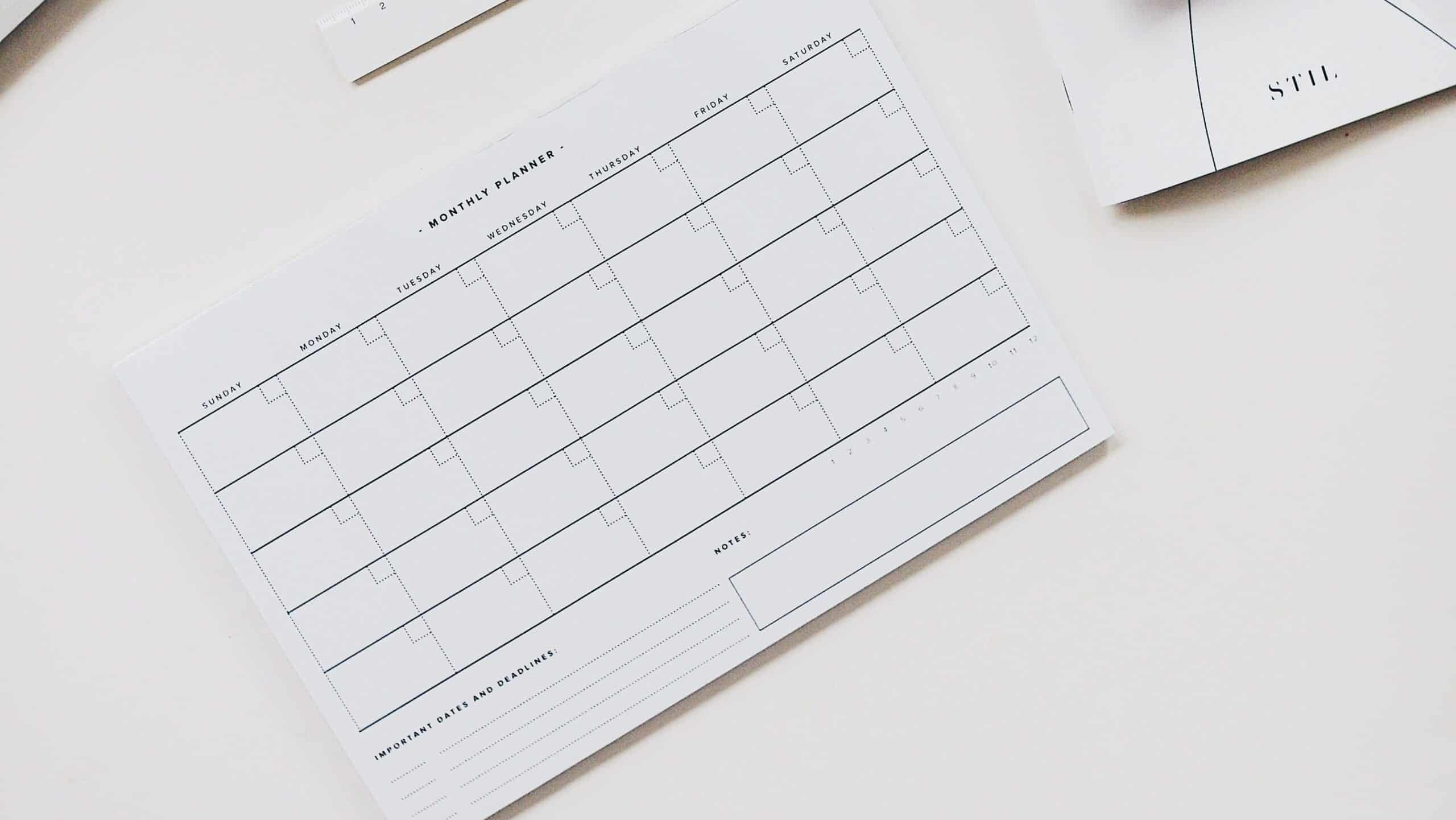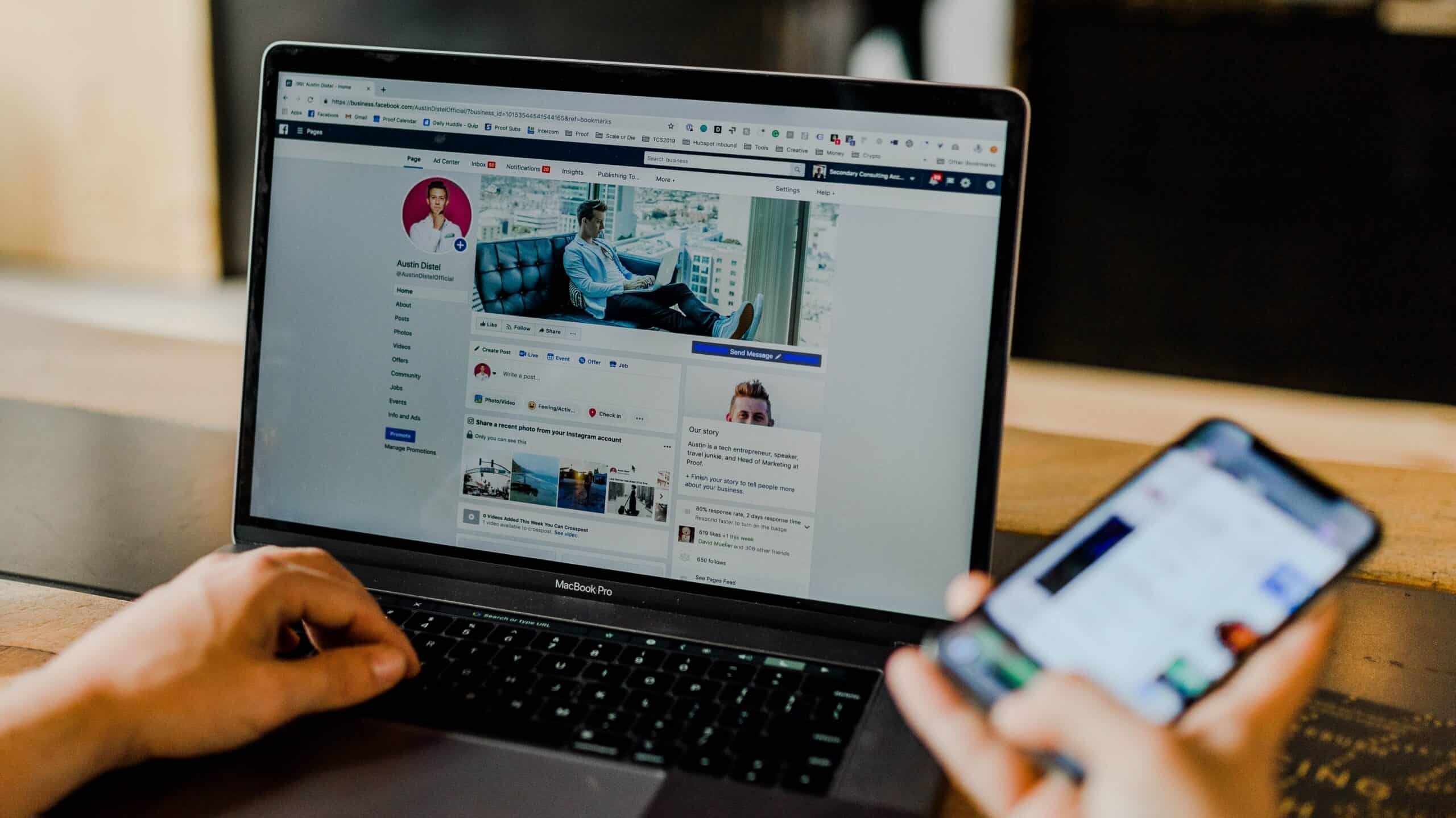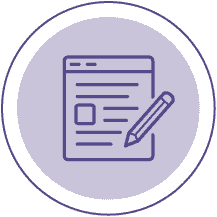Content Planning

Campaign content usually fits into one of the following three categories:
- Cornerstone/Pillar Content: Key content that your campaign is built around: it could be a petition, a key report or a toolkit. Basically it’s a large piece of content that you can turn into many smaller pieces of content to fuel other channels. You can break that finished piece into blog posts, infographics, videos, emails, social media updates.
- News Peg Content: This is content built around special events or special days. Include special days in your content plan. You may have great opportunities to tailor messages of your campaign to other conversations or join popular hashtags on these days.
- Events-based Content: This is linked to your on-the-ground activities. Conferences, events & launches can provide you with valuable content.
Whatever type of content you are working with, it’s a good idea to try and prepare it in advance. Take the time on one day to prepare some content for the rest of the month and create a library of things you can post. Of course you might sometimes have surprising news and posts come up, but planning the majority of your content ahead of time can help you:
- Maintain a consistent posting schedule
- Avoid last minute panic when you have nothing to post
- Keep up to date with your community
- Free up time for you to engage, analyse and iterate
- Have fewer mistakes; time to verify and proofread
- Avoid multitasking
- Ensure creativity
Creating a content calendar will help you stick to your social media plan. The following are recommended elements to include in your content calendar:
- Day – This tells you which day of the week the content will be published
- Date – This tells you the date the content will be published
- Topic – This tells you the topic of the content piece – very useful when trying to ensure your content strategy is dynamic and diverse (it’s easy to accidentally be repetitive)
- Message – This is the copy of your post – be sure to spell check
- Notes – This section is where you can include reminders, hashtags or anything else that you might need to remember when it comes to publishing your content
For a Content Planning Template, click on the file below.
There are a number of different ways to keep your followers engaged on social media. Try to include some of the following:
- Sharing third party content (news articles, videos etc)
- Keeping up with memes
- Polls
- Events (short term – momentum)
- Co-creation hackathons
- Throwback Thursdays
Here are some free tools to use to that will help you build content:
- Video: YouTube, clipchamp, kizoa, iOS & Android Apps
- Images: Paint, Canva, Pablo, Infogr.am, Piktochart, Apps, Meme Generator
- Audio: Audacity, Garageband, Traverso, Apps
- Memes: ImgFlip, Kapwing, Giphy, Apps
Scheduling Posts
If you are unsure when the best time to post your content is, start by experimenting with different times and days to see what works best. You should be posting at least three times within the work week – for example, Monday, Wednesday and Friday. Once you have been posting for some time already, you can check your social media analytics to help you decide the best day and time to post. From here, you can use your content calendar and schedule posts in advance. Scheduling your content is a smart way to achieve your aims.
How to Schedule Posts on Facebook:
Go to your Page → Click Publishing Tools at the top. If you don’t see Publishing Tools, click More → Click + Create in the top right → Write your post → Click Share now next to Boost Post → Select Schedule → Below Publication, select the date and time when you want the post to publish → Click Schedule.
Facebook now has a new Creator Studio, which can also be used on Instagram. This is useful not only just for scheduling posts, but also checking their analytics. Hootsuite is a third-party scheduling website, which is especially convenient for scheduling posts on Twitter.

Organic vs. Paid Posting
In order to grow your audience, you may choose to pay for your posts on social media. The following show the difference between organic posting and paid posting:
Organic | Paid |
→ Using the basic features of any social media platform → Usually free → The impressions you get for your posts are natural – which means the ones who can see your post are people who follow you and their friends (when your fans share your posts to their own timeline). | → Paying to “boost” your content → Your content is pushed to a group of audiences under a certain demographic. → Often this payment is on a per-click basis, or what is called CPC (cost-per-click) in the online marketing world. → Common platforms include Facebook Ads, Twitter Ads, and LinkedIn Ads |
How Much/Often Should I Post?
The Lifespan of Content A Blog post lasts for 2 years, a Pinterest post is valid for 4 months, YouTube videos last 20+ days, a LinkedIn post is good for 24 hours, an Instagram post will show up well for 21 hours, Facebook visibility is about 5 hours and a Tweet has a lifespan of roughly 18 minutes. (Source)
There’s no one size fits all answer for how much to post. It’s better to start from what you are trying to achieve and then use data to improve:
- Each campaign needs to have its own data to see how it is performing on each channel with the planned content. If there is a particular type of content that does very well, you could decide to increase the frequency with which you post it
- A lot of organisations seem to think that they need to post at least every day on Facebook – but for non-profits/NGOs there can be extremely low engagement. Sometimes it’s better to use an approach where the Facebook schedule is just one post per week – and make it inspiring. Posting too often on Facebook can compound the widespread problems many organisations are facing with organic reach – before a post has any time to gather a bit of organic reach, another post lands on top of it, and the algorithm suppresses them both.
- Twitter is a fast channel. So a fairly frequent schedule on Twitter makes sense, but again – only if the content is working.
- With all channels, don’t post unless you have something useful to say
The more useful way to look at it would be:
- Why do we need to increase our social output – what goal is it delivering? Do we have evidence that this is the right way to use our time? Why prioritise social media posts over email / events / facebook ads?
- Which social channel is delivering the best results for that goal?
- What content gets the most engagement and results for the goal on that channel?
And then look to develop and post more of that content, and always measure the results.

